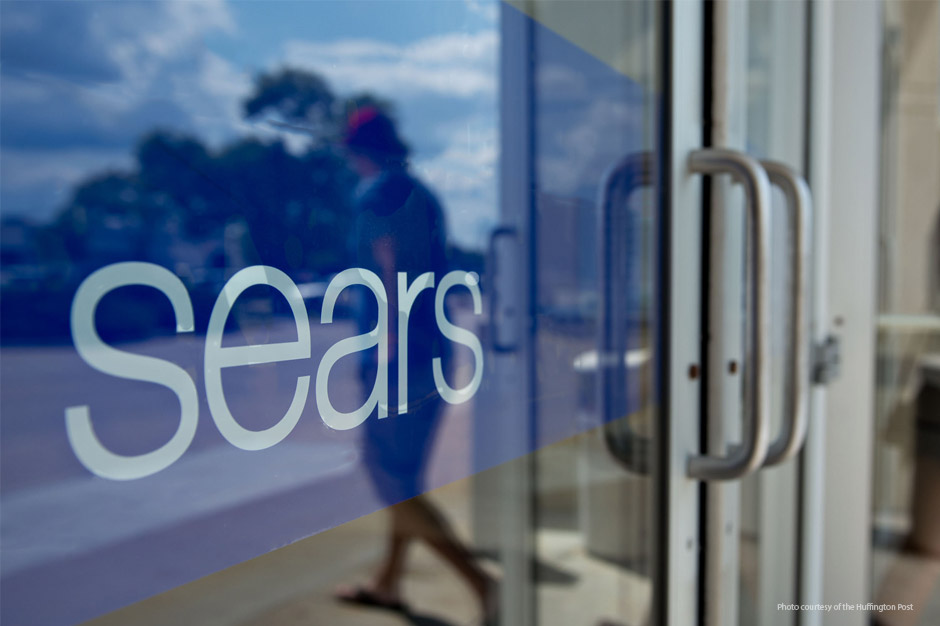It appears Sears shoppers can be members. Eddie Lampert, Sears Holdings' chairman and CEO, told us so in a letter attached to the company's recent results. The letter says his membership program is "continuing to gain traction with our members as members engage in all aspects of our program." Got it.
Mind you, this is not a BJ's/Sam's Club membership model. Rather Sears' "member-focus" is really just a watered-down loyalty program.
Sears trying to build a strong loyalty program isn't surprising - the company is in dire need of customers (loyal ones would be even better). What is surprising is Lampert never mentions the one thing that truly inspired loyalty among Sears customers in the first place. The brands that it built are what made Sears famous.
Since 1927, Craftsman tools and Kenmore appliances have stood for a level of quality and service that only Sears could deliver. Since the 1950s, parents have taken their kids to Sears to buy Toughskins. And just imagine the number of family road trips that have been powered by Roadhandler tires or DieHard batteries.
The solution when found will be a test of obviousness.
For at least three generations, people went to Sears to buy the brands that they knew and trusted because that was the only place to buy them. And Sears knows it - the company shouts it at full volume in its brand advertising. Craftsman's website says that it is "America's most trusted tool brand." DieHard calls itself "America's most preferred brand of automobile battery." Kenmore is "America's favorite home appliance brand."
Sears' tagline is "This is Sears."
What!?
How could they miss something this obvious? Sears is "The home of America's favorite brands." That's what Sears is. It really is that simple.
This is the power of positioning done right. Applied properly, a brand's position is its guiding beacon. In a crisis of judgment, it can transcend leadership's missteps. Powerful positioning can act like an insurance policy, but it comes with an expiration date. Lampert and company could still right the ship, but he's missed a lot of premium payments and time is running out.
Before it's too late, Sears should back out of the deals to sell Sears brands in competing stores, move the brands that Sears has acquired along the way, like Martha Stewart and Basic Editions, into the Sears fold, and begin remerchandising the stores such that the store brands are the heroes.
These simple, self-evident steps supported by a smart and bold media campaign would help Lampert pull up the stick on his nose-diving company.
On the other hand, further investment in tactical gambles such as outfitting Sears stores with mobile devices, increasing the product assortment online and pushing a loyalty program designed to turn customers into members, just misses the obvious truth that the health of the Sears brand is a function of the health of the brands it owns.
Sadly, Lampert's letter leaves us with the impression that the company is committed to trend jumping to save the brand, while letting the company's real cache - the brands people actually go to Sears to buy - slip through its fingers.



